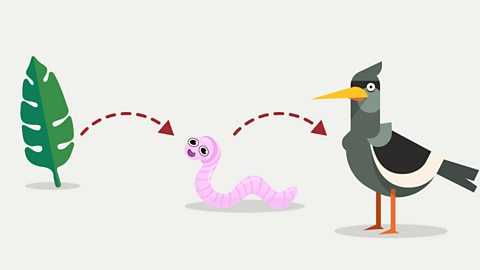DefinitionsRemember, the following common terms can be used to describe living things in their environment:
| Term | Description |
|---|---|
| Biodiversity | The abundance of different species living in one area |
| Classification | Biological classification is the process by which scientists group living organisms. |
| Species | The basic unit of classification. Individuals of the same species can exchange genes or interbreed successfully. Cats, dogs, humans and horses are examples of different species |
| Environment | All the conditions that surround a living organism |
| Habitat | The place where an organism lives |
| Population | All the members of a single species that live in a habitat |
| Community | All the populations of different organisms that live together in a habitat |
| Ecosystem | A community and the habitat in which organisms live |
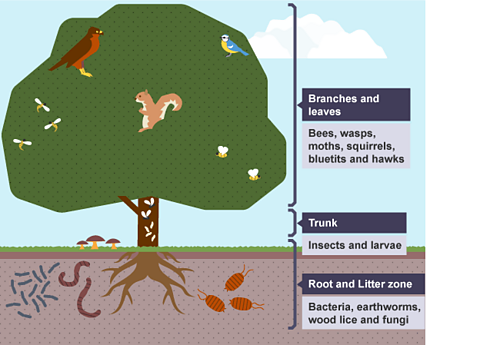
Biodiversity
Biodiversity is the variety of all living things on Earth, and how they fit together. It means having as wide a range of different species in an ecosystem as it can support, bringing oxygen, water, food and many other benefits.
Northern Ireland’s biodiversity is very important. There are at least 20,000 different species found on the land, in the soil, in the air and in the water.
For its size, Northern Ireland is one of the most biologically varied areas of the planet with:

- Important coastal regions like the North Coast and Strangford Lough
- Upland areas such as the Mournes and Sperrins
- Bogs and marshland
- Inland lakes and waterways
- Extensive farmland
- Forests and parkland


The Northern Ireland Environment Agency has declared around 360 Areas of Special Scientific Interest (ASSI’s), about 6.7% of Northern Ireland.
Some habitats are particularly threatened by:
Climate change
- upland and mountain habitats because of increased temperature
- wetlands due to changes in water availability
- coastal habitats due to sea–level rise
These changes to the environment can cause it to be more difficult for organisms to survive.
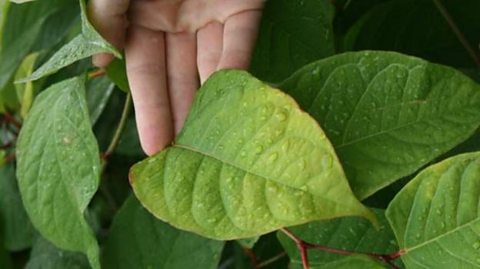
Invasive alien species
- Japanese knotweed
- floating pennywort
- zebra mussels
- grey squirrels
These alien species can out-compete the native species, who may then not be able to survive and can become endangered or extinct.

Building
- Since the 1950s, a lot of countryside has been lost to buildings and roads.

For Northern Ireland several important challenges have been identified which require attention:
- valuing the environment
- reducing the impact of climate change
- obtaining funding for biodiversity projects
- tackling invasive species
- getting the public more involved in schemes and projects to halt biodiversity loss
Sampling methods
To study a habitat, we use a sampling method. It would be impossible to count and study all the organisms in a habitat. We therefore take a representative sample, which is a smaller number of organisms, to provide an overview of the entire population.
It is often impractical to count all the organisms in a population. For example:
- animals may move into - or out of - an area during counting
- some may die during the time it takes to complete the counting
- it may be difficult to find all the animals during counting
- It would take too long to count all the individuals in a population
Using a quadrat
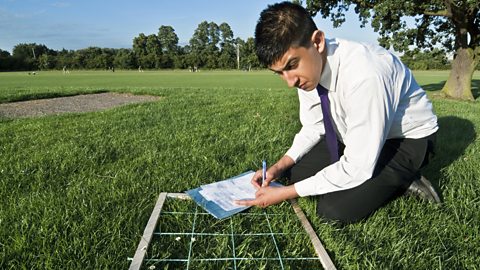
A quadrat is usually a square made of wire. It may contain further wires to mark off smaller areas inside, such as 5 Г— 5 squares or 10 Г— 10 squares. The quadrat can be placed randomly or systematically. A random sample would be used when trying to get an overview of a habitat that is similar throughout (e.g. a meadow), whereas systematic sampling would be used to see how populations within the habitat change over a distance (e.g. a rocky shoreline). The organisms underneath, usually plants, can be identified and counted. Quadrats may also be used for slow-moving animals, e.g. earthworms, slugs and snails.

Collecting organisms
Organisms can be collected using a variety of methods. These methods include:
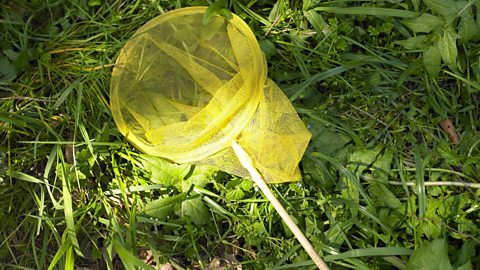
- sweep nets
- pooters
- pitfall traps
Sweep nets are useful for collecting insects and other small animals from bushes, long grass and ponds.


A pooter is a small jar used for collecting insects. It has two tubes - one goes into your mouth so you can apply suction, and the other goes over the insect so that is sucked into the jar. A fine mesh over the end of the first tube stops you swallowing the insect.
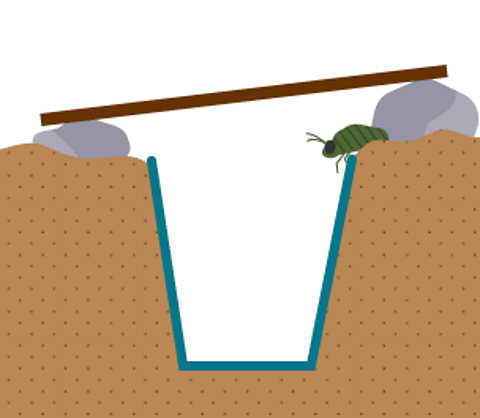
A pitfall trap is often used to get a sample of small invertebrates living on the ground, such as beetles, spiders and slugs.It consists of a container, such as a yoghurt carton, buried in the ground. The top of the container is level with the soil surface, and it is covered by a piece of wood with a slight gap to allow insects to climb in. It is important to check the trap regularly to avoid the animals escaping or being eaten before they are counted.

Maintaining biodiversity
It is important to conserve the variety of living organisms, not just in Northern Ireland, but on Earth.
Not only do we have moral and cultural reasons for conserving endangered species, but conservation:
- maintains the future possibility that plant species might be identified for medicines
- keeps damage to food chains and food webs to a minimum
- protects our future food supply
Conservation measures
Some species in Northern Ireland are endangered, including the skylark, red squirrel and pine martin. They could be helped by conservation measures such as:
- education programmes
- captive breeding programmes
- legal protection and protection of their habitats
- making artificial ecosystems for them to live in
The pine marten is one of Northern Ireland's most elusive animals
Plant species can also be endangered. Seed banks are a conservation measure for plants. Seeds are carefully stored so that new plants may be grown in the future. The Millennium Seed Bank at Kew Gardens, London, hides an underground collection of over 2.4 billion seeds from around the world, banking them to conserve them for the future.
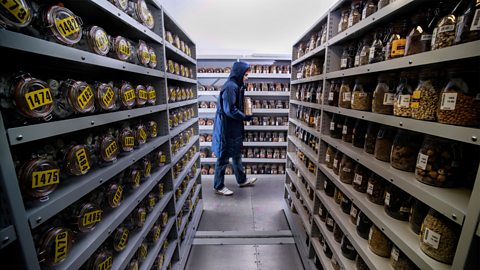 Image source, (Credit: Alamy)
Image source, (Credit: Alamy)Seed banks are an example of a gene bank. Gene banks are increasingly being used to preserve genetic material for use in the future.
A cryobank is another type of gene bank. Embryos, sperm or eggs are stored at very low temperatures in liquid nitrogen (which is at a very chilly –196 °C). They can be thawed out later for use in breeding programmes.
Threats to biodiversity
Introduced species
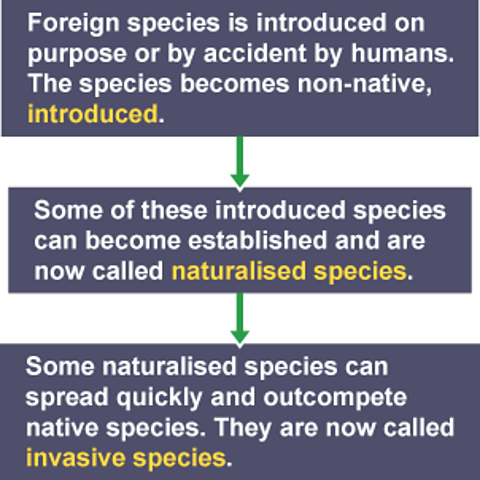
Introduced species are those that have been moved intentionally or unintentionally by humans into a new geographic location where they are not naturally found.
Some may become established in this new location and are then termed naturalised species.
It is possible for a naturalised species to spread rapidly and outcompete or prey on native species - these are termed invasive species. Introduced species may have no natural predators to keep them in check
Invasive species can eliminate native species therefore reducing biodiversity.


Zebra mussels are native to lakes in Russia. In recent years they have spread throughout rivers, lakes and reservoirs in the United Kingdom and Ireland. They have been found in more than a dozen lakes and waterways in Northern Ireland, including Lough Erne. They out-compete the local mussels leading to their extinction. They can also block pipes of boats. It is usually very difficult to remove them and costs a lot of money.
A case study: the grey squirrel

Red squirrels are native to Northern Ireland and Ireland. They are under threat due to the presence of the grey squirrel.
The grey squirrel is an invasive species. It is native of North America and was first introduced into England from America in the early 1900s.
It is reported that, in 1911, twelve grey squirrels were given as a wedding present in Longford, Ireland. These later escaped!
By the early 1960s grey squirrels had spread into Northern Ireland and are now living across the whole country.
Research has shown that Northern Ireland’s grey squirrels are related to the original “wedding present 12”. The invasive species problem may well have been caused by this single incident.
When a grey squirrel arrives in a red squirrel area:
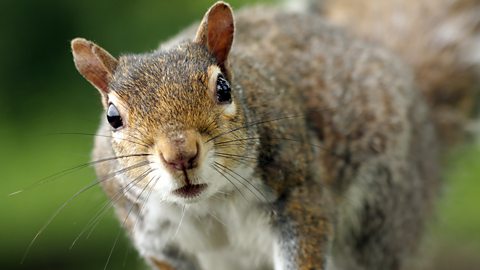
- the red squirrel population usually totally disappears within 15 years
- the red squirrel is outcompeted for food and space
- the grey squirrel carries a disease called the squirrel pox virus. This disease kills the red squirrel but has no known lasting effect on the greys. This speeds up the reduction in the red squirrel population even more.
- grey squirrels do well in conditions that would be difficult for red squirrels. So, where habitat is lost to housing or agriculture, the greys can continue to live in parks, gardens and hedgerows while reds squirrels cannot.
- red squirrels need woodland - they feed, nest and breed in trees and struggle to survive in parks, gardens and hedgerows

The solution
One sustainable way to conserve the red squirrel in Northern Ireland is to remove all the grey squirrels from the habitats suitable for red squirrels. Careful planning can save our native red squirrel.
What can you do?
 Image source, В鶹№ЩНшКЧТіИлїЪ
Image source, В鶹№ЩНшКЧТіИлїЪThere are several measures that can be carried out, but two very simple ones are:
Volunteer with a local Red Squirrel Group
Record sightings of red and grey squirrels in Northern Ireland online on the Centre for Environmental Data and Recording (CEDaR) website.
 Image source, В鶹№ЩНшКЧТіИлїЪ
Image source, В鶹№ЩНшКЧТіИлїЪMore on Biology
Find out more by working through a topic
- count9 of 11
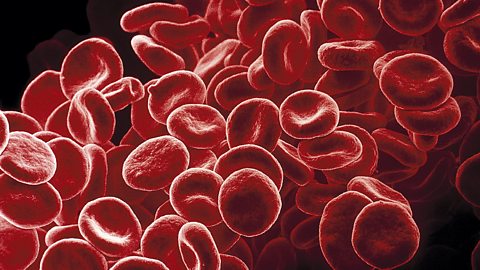
- count10 of 11
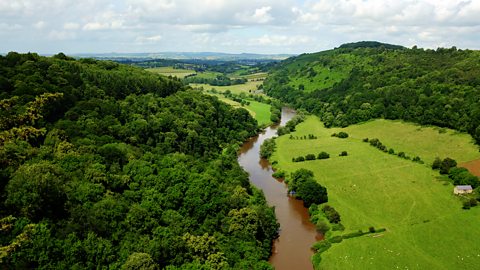
- count11 of 11
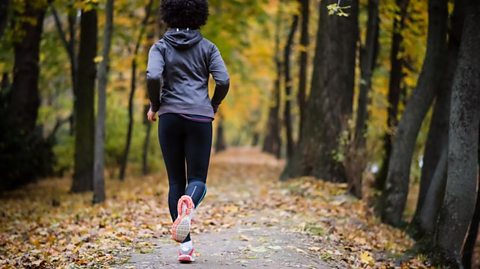
- count1 of 11
